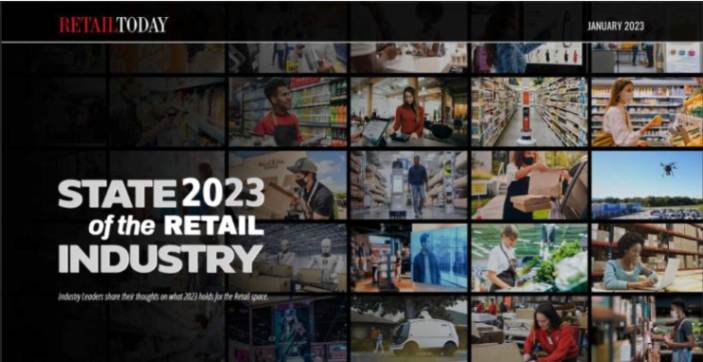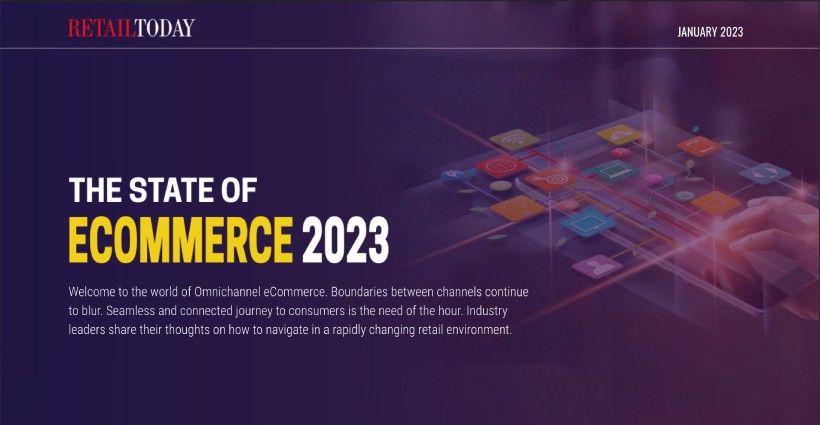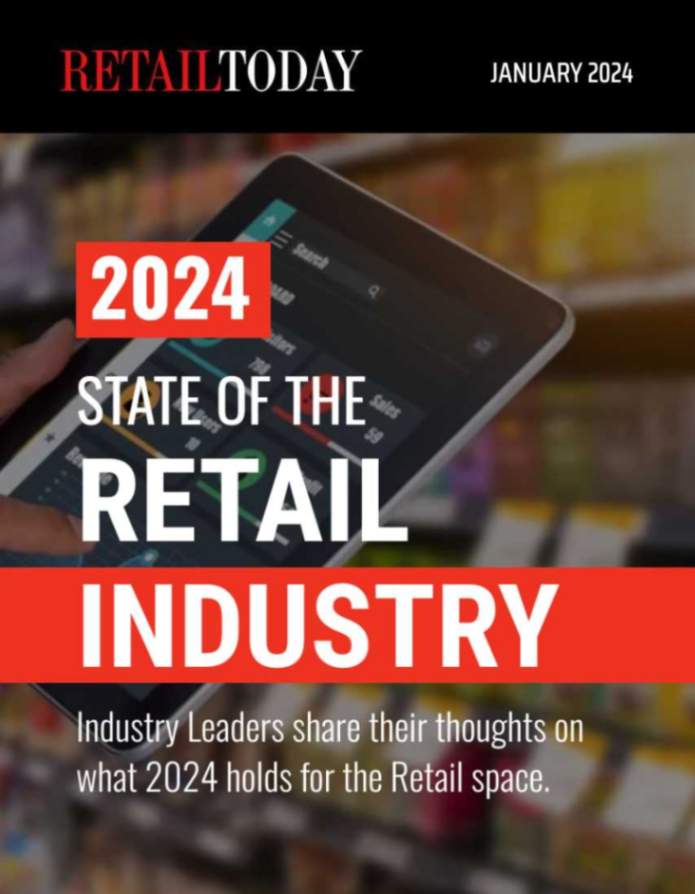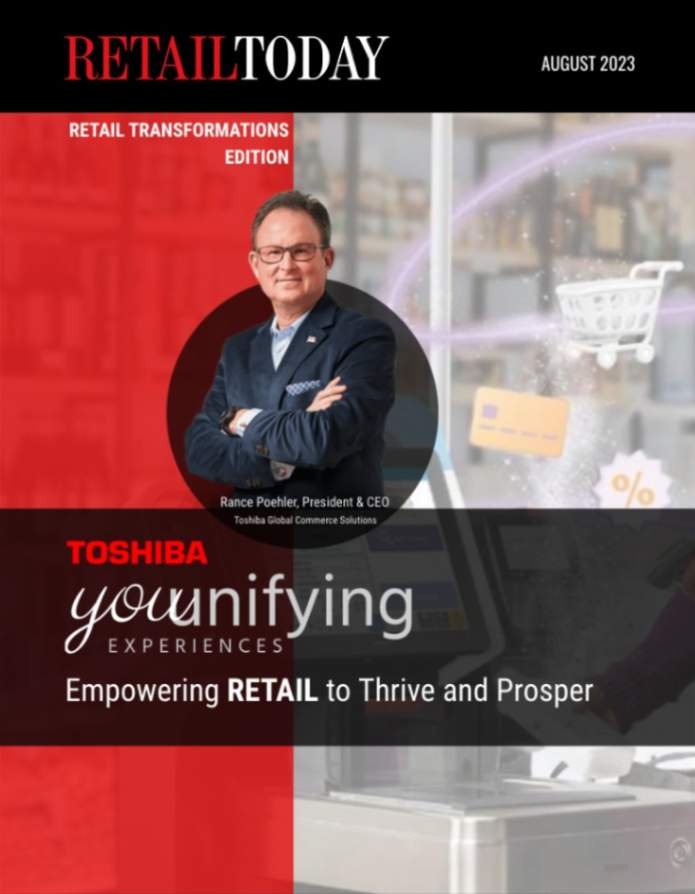
The retail landscape is marked by ever-evolving technological progress and fast-shifting consumer behaviors, yet one aspect remains constant: The supply chain is still retail’s backbone, a critical component that enables a business’s success or dooms it to failure. But the retail supply chain itself has been profoundly transformed by advancements in two other keys to a successful retail operation: demand forecasting and pricing optimization.
As industry insiders are aware, retailers have long relied on recent historical data and their own judgement to determine inventory levels and product assortments. Advanced analytics, artificial intelligence, and machine learning have changed all that.
Today, smart retailers turn to big data for actionable insights into consumer behavior as well as emerging trends and other external factors that will influence demand. Predictive analytics enable them to anticipate mild-to-wild shifts in demand and adjust their supply chain proactively, minimizing overstocking and understocking while also operating more efficiently.
Pricing optimization, too, plays a pivotal role in the retail supply chain. In our AI-led world, pricing isn’t static but a dynamic variable that takes into account, and responds in real time to, local customer demographics, fluid market conditions, competitive maneuvering, and customer behavior. This dynamic pricing strategy empowers retailers to maximize revenue by capturing the optimal price point for each product over time through a continuous mix of targeted price increases, markdowns, and promotions.
Of course, integrating AI-powered demand forecasting, pricing optimization, and supply chain management can be challenging. Simply the sheer volume of data and its complexity require a robust system infrastructure and skilled personnel to run it, plus bulletproof cybersecurity to safeguard the data, and more.
But its unprecedented advantages far outweigh the challenges. The ability to accurately predict demand and optimize pricing creates a responsive supply chain that aligns seamlessly with modern consumer expectations. The result is enhanced customer satisfaction, streamlined operations, and, ultimately, greater profitability.
It’s been interesting to see this play out over the last year, especially regarding GenAI. Our client and prospect conversations have gone from the theoretical to the concrete, and from considering baby steps to enacting truly transformational processes.
Here’s just one example: A client thought they’d use GenAI for mid-value things like picking new colorways. They can, of course, and we can help. But now we’re working with them on using AI-powered demand forecasting for highly accurate predictions that feed their supply chain, allocations and assortments, and other key operations, which in turn factor into their store staffing, marketing, promotions, and more—even product planning (which brings us back to sizing and color selections!)
Adaptability is a key to retail success and our clients’ experience tells me retailers are wise to embrace these AI-based tools. The retail supply chain is inextricably linked to advancements in demand forecasting and pricing optimization. As AI technology continues to improve, retailers’ success will depend increasingly on their ability to precisely forecast demand and dynamically optimize pricing to keep supply chains humming along.






